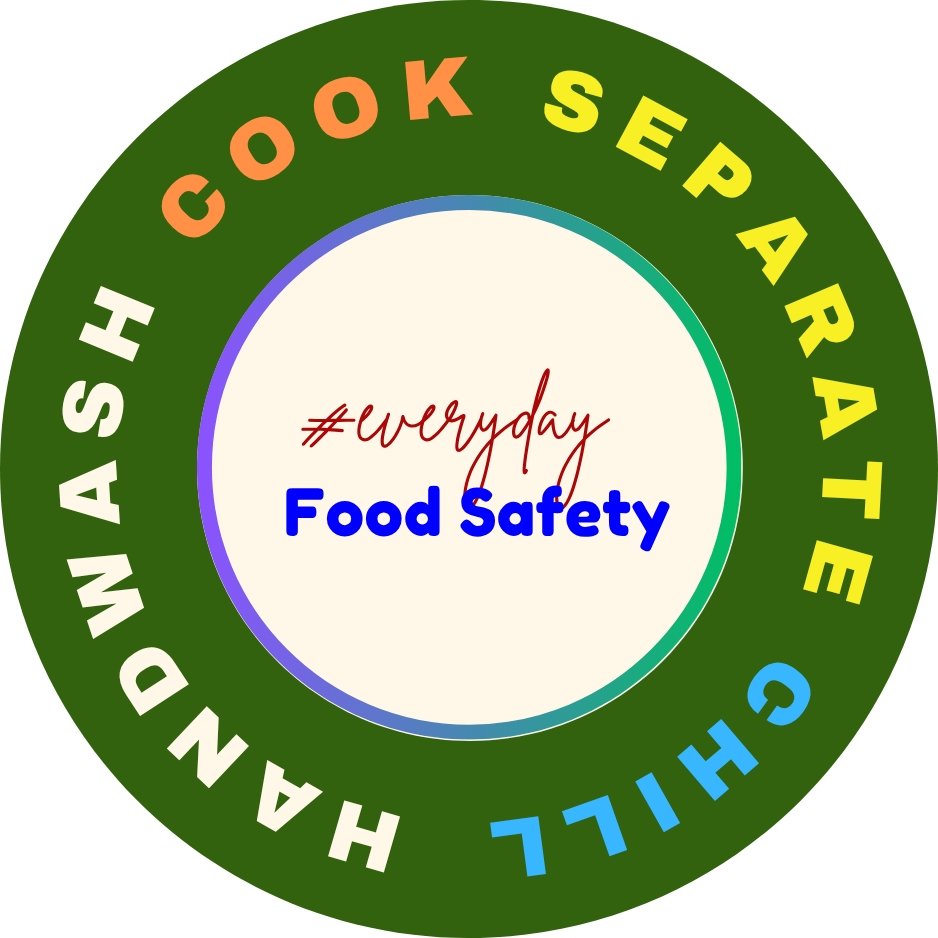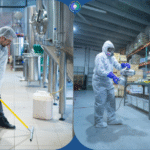Everyday Food Safety
Top 10 Mistakes in GMP Audit – How To Prevent Them
When it comes to audits, many businesses stumble due to preventable errors. By recognizing these pitfalls and taking proactive steps, you can safeguard your company’s integrity and ensure its continued success. Don’t wait for the audit to expose vulnerabilities—let’s tackle these mistakes head-on and ensure your business thrives!
Common GMP Mistakes
Mistake 1: Inadequate Documentation Practices
Auditors often say, “If it isn’t written down, it didn’t happen.” Missing records, incomplete logs, or outdated forms can quickly raise concerns. Consistent documentation demonstrates your compliance and helps protect your operations.
How to Prevent Inadequate Documentation Practices
- Use digital record-keeping systems instead of paper logs.
- Update forms regularly and archive old versions.
- Train employees to complete logs in real time—not at the end of the shift.
Mistake 2: Inadequate Employee Training
Even if your team works hard, without comprehensive food safety and GMP training, mistakes are likely to happen. Many audits fail because employees do not fully understand hygiene, handling, or reporting procedures. Therefore, stress regular, up-to-date training for all staff.
How to Prevent Inadequate Employee Training
- Provide onboarding training and refresher sessions every 6–12 months.
- Utilize visual aids, such as posters or videos, to enhance recall.
- Encourage employees to ask questions and report any concerns they may have.
Mistake 3: Poor Sanitation Practices
Dirty equipment, inconsistent cleaning schedules, and the lack of verification checks can quickly compromise audit results. Moreover, gaps in your sanitation program directly threaten food safety and product quality.
How to Prevent Poor Sanitation Practices
- Develop a detailed cleaning and sanitation schedule.
- Verify cleaning with swab tests or ATP monitoring.
- Assign clear responsibilities so nothing gets overlooked.
- Please read our full blog on Cleaning and Sanitation here.
Mistake 4: Poor Pest Control
Pest control mistakes can significantly impact facility standards. Common issues include inadequate inspection logs, incomplete corrective actions, and neglected maintenance practices. Additionally, seemingly minor oversights, such as uncovered trash bins or broken screens, can attract pests and compromise the cleanliness of the area.
How to Prevent Poor Pest Control
- Partner with a licensed pest control service.
- Seal entry points, including doors and windows, properly.
- Keep waste areas clean and always log pest control activities.
Mistake 5: Lack of Allergen Controls
Cross-contact with allergens remains a serious concern. Failing to separate ingredients, mislabeling products, or not providing allergen-specific training can put consumers at risk and lead to non-compliance with regulations. Implement strict allergen management programs to maintain compliance.
How to Control Allergens
- Store allergens separately from non-allergen ingredients.
- Implement color-coded tools and labels.
- Train staff on allergen handling and proper cleaning between production runs.
- Please read our full blog on Allergen Controls here.
Mistake 6: Inconsistent Supplier Verification
Vetting your suppliers is essential. Relying on unverified sources or missing Certificates of Analysis (COAs) can cause audit setbacks. Therefore, it is necessary to stay vigilant by regularly reviewing supplier compliance records and certifications.
How to Consistently Verify Suppliers
- Approve suppliers only after checking certifications and compliance.
- Request Certificate of Analysis (COAs) for every batch of raw material.
- Audit your key suppliers annually or require third-party verification.
Mistake 7: Unmaintained Equipment and Facilities
Leaking pipes, broken tools, or damaged walls show poor maintenance. Neglecting proper upkeep can compromise food safety, and auditors will quickly identify these issues. Therefore, regular inspections and repairs are necessary to maintain appropriate standards.
How to Maintain Equipment and Facilities
- Schedule preventive maintenance instead of waiting for breakdowns.
- Inspect equipment weekly and promptly address any issues that arise.
- Maintain a log that auditors can review for reference.
Mistake 8: Improper Storage and Handling
Incorrect storage of raw materials or finished products often results in audit failures. Mixing raw and cooked items, mislabeling, or temperature abuse creates serious food safety hazards. Always follow clear storage procedures.
How to Maintain Your Storage Area
- Use the First In, First Out (FIFO) inventory rotation method.
- Separate raw and ready-to-eat products, including halal and non-halal options, as well as those with and without allergens.
- Install temperature monitoring alarms in storage areas.
- Please read our full blog on Food Warehouse here.
Mistake 9: Weak Corrective Action Plans
Every facility faces challenges, but failing to investigate, document, and resolve them can result in costly consequences during audits. Auditors look for a culture of continuous improvement rather than repeated mistakes—take proactive corrective action.
How To Establish an Effective Corrective Action Plan
- Perform root cause analysis for every issue.
- Document corrective actions and track follow-ups.
- Share lessons learned with staff to avoid repeat mistakes.
Mistake 10: Over-reliance on Consultants Without Building an Internal Accountability
While consultants offer valuable insights, they cannot replace internal responsibility. Relying solely on external advice without developing your own systems can lead to audit failure. Incorporate GMP into daily routines to ensure consistent compliance.
How To Create a Culture of Good Manufacturing Practices
- Involve all employees in the development of the GMP program.
- Assign internal champions for food safety.
- Use consultants as guides, not as substitutes for accountability.
Conclusion
To establish a strong Good Manufacturing Practices (GMP) culture, it is essential to avoid common pitfalls. By focusing on continuous improvement, fostering open communication, and ensuring adherence to best practices, organizations can create an environment that prioritizes quality and safety.
Avoiding these top 10 mistakes not only ensures successful audits but also strengthens your entire food safety system. Commit to thorough training, accurate documentation, internal accountability, and continuous improvement. Protect your business and build trust with your customers.
Remember: GMP is about more than just compliance; it’s about fostering a culture of safety and quality that is reliable.
Ready to nail your GMP Audit? Here’s our GMP Ultimate Guide for more insights and practical tips to keep your business audit-ready and compliant.




